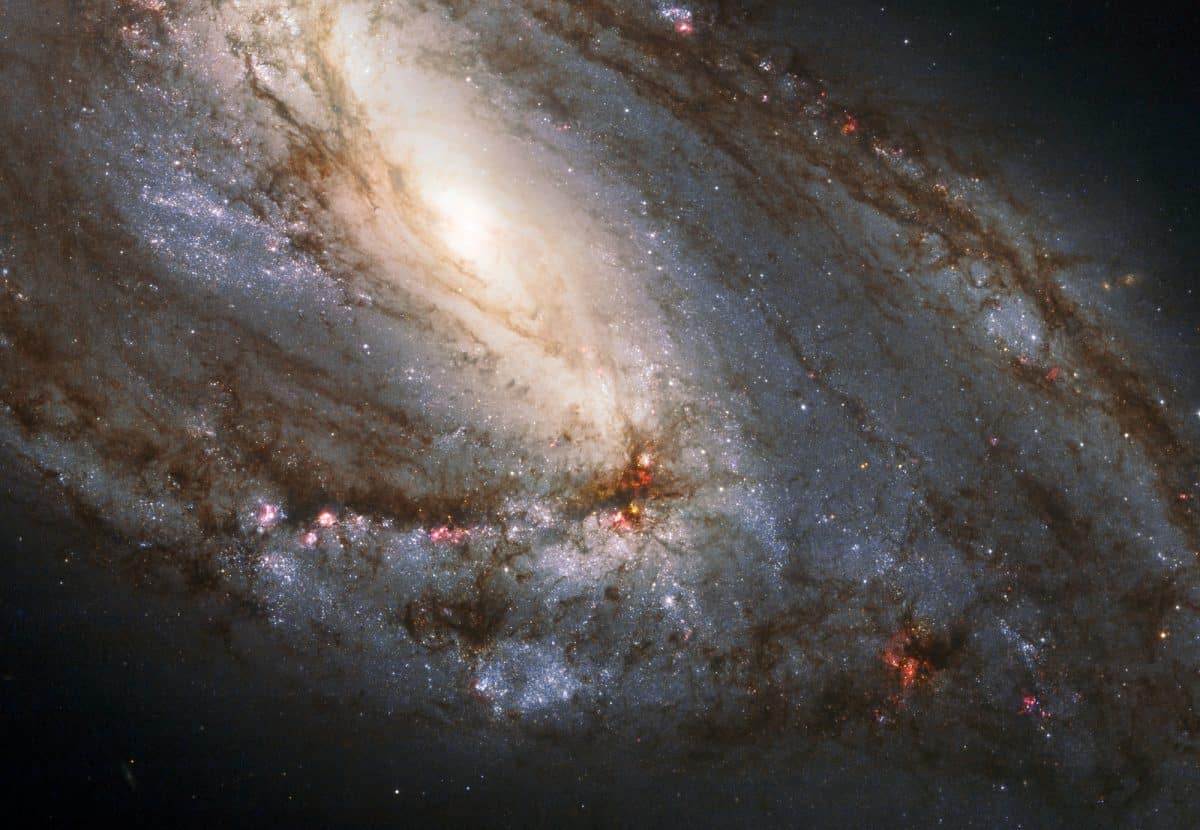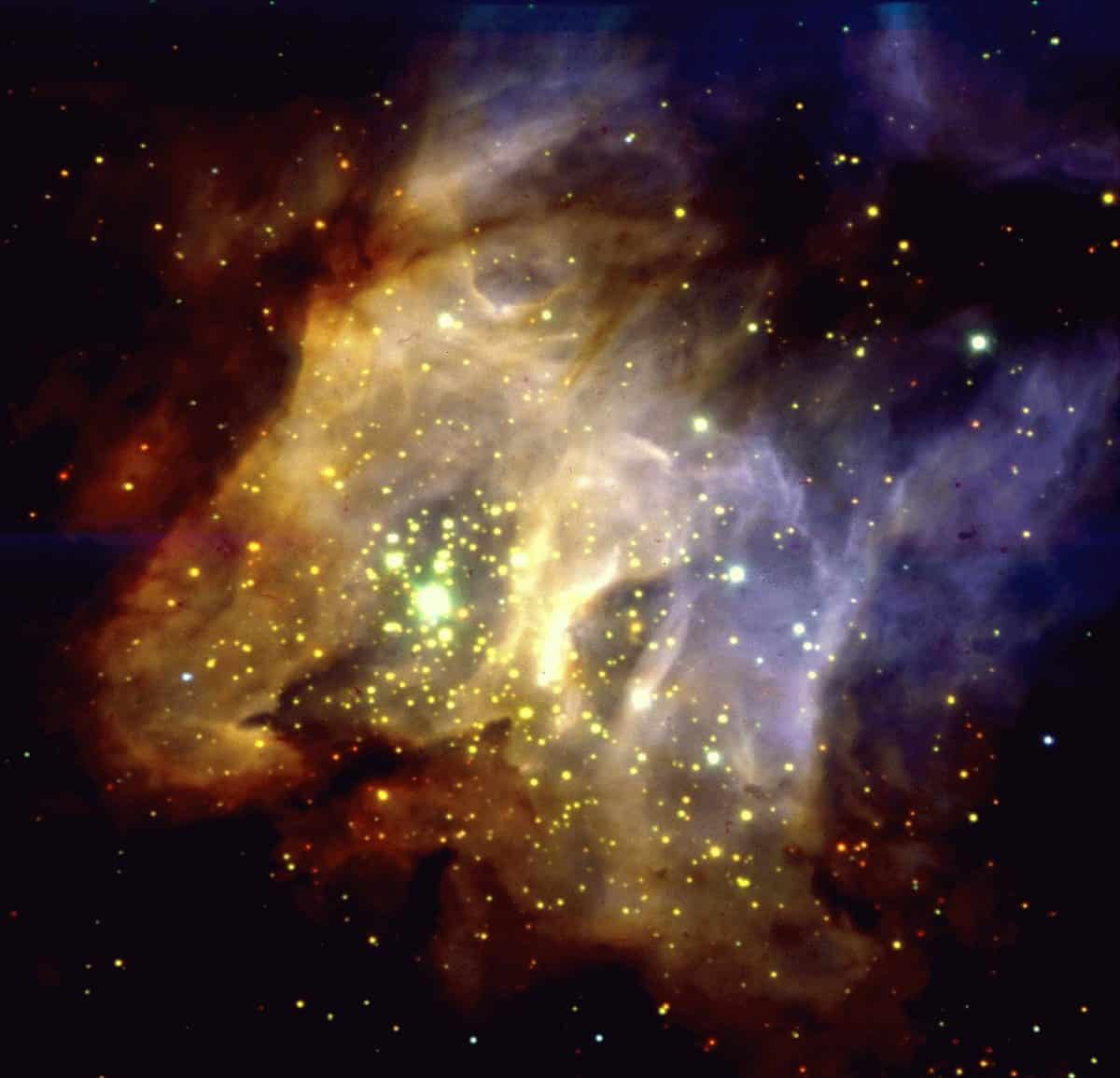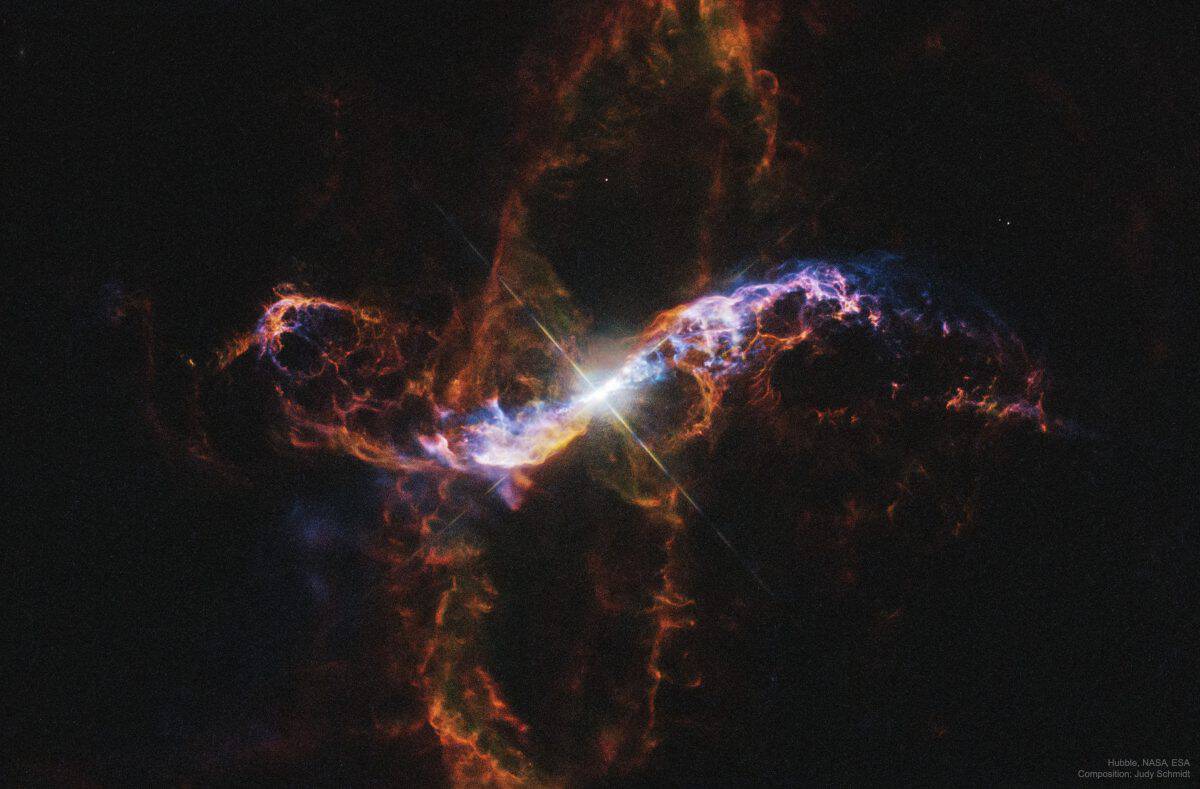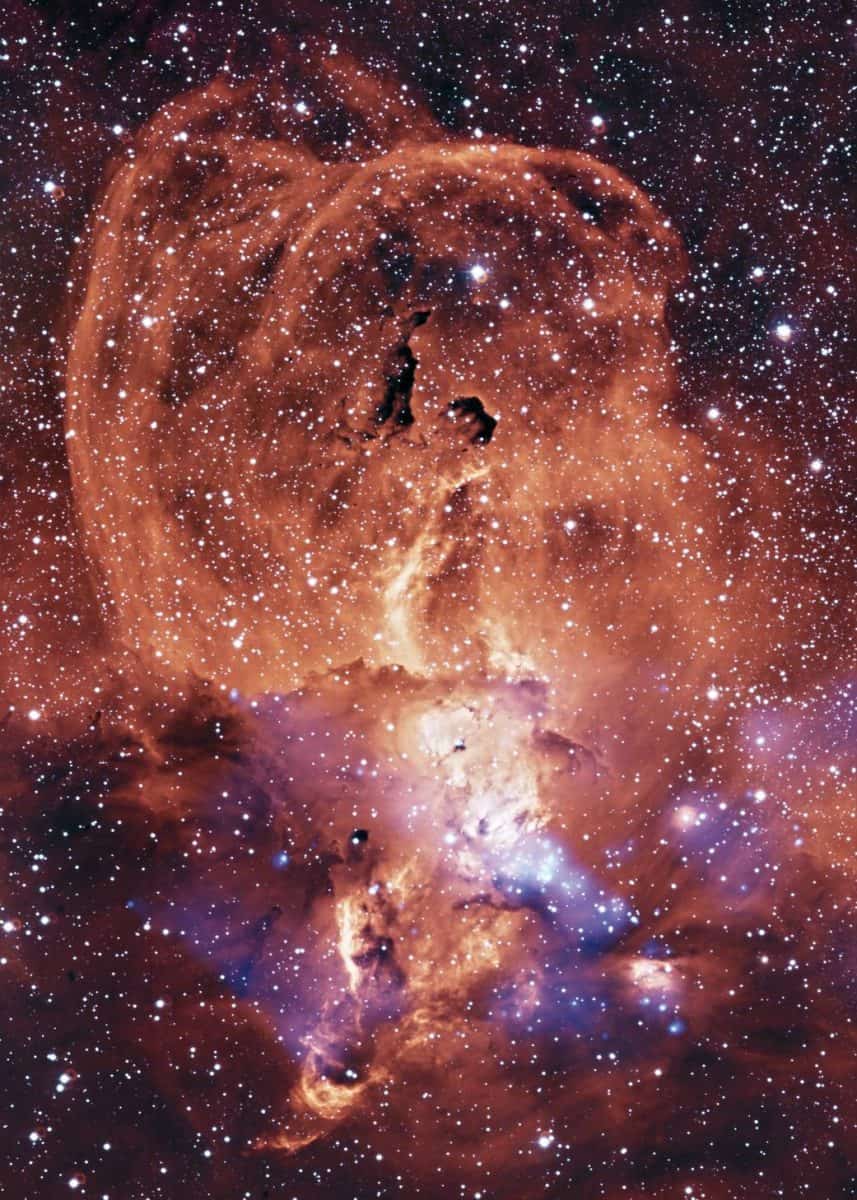Blog
Henry “Rubberlegs” Williams (14 July 1907 in Atlanta – 17 October 1962 in New York City) was an American blues and jazz singer, dancer and occasional female impersonator. A star of Vaudeville, he is probably best remembered for his singing work with Charlie Parker and Dizzy Gillespie, although it was for his dancing that he was renowned for in New York City and Boston.
Williams was born in Atlanta in 1907. He became employed as dancer with Bobby Grant’s Female Impersonators in 1919 and became a spectacle. He later won several Cakewalk and Charleston competitions and other dancing contests and achieved success on Vaudeville, going on tours with the Theater Owners Booking Association. He got his nickname “Rubberlegs” because he danced as if he had legs made of rubber. In 1933 he appeared in the short film Smash Your Luggage, and appeared in shows like the “Cotton Club Parade” and “Blackbirds of 1933”. He was a regular performer at The Cotton Club and the Apollo in Harlem, and at the Southland ballroom in Boston, and according to Count Basie, he became the venue’s most prominent attraction with his elaborates dances. He also appeared as a singer with prominent artists such Count Basie Orchestra, Fletcher Henderson, Chick Webb and Charlie Parker, and sang on the first recording of Dizzy Gillespie‘s “Hot House” on April 1, 1945 in New York City.
more...From the Santeria tradition
https://www.youtube.com/watch?v=OBy3QD9f8yU&list=PLEB3LPVcGcWbHKyo-uy8CkVvebHEsluVK&index=20
more...Messier 66 (also known as NGC 3627) is an intermediate spiral galaxy about 36 million light-years away in the constellation Leo. It was discovered by Charles Messier in 1780. M66 is about 95 thousand light-years across with striking dust lanes and bright star clusters along sweeping spiral arms.M66 is part of the Leo Triplet, a small group of galaxies that also includes M65 and NGC 3628. As of 2015, four supernovae have been observed in M66.
Gravitational interaction from its past encounter with neighboring NGC 3628 has resulted in an extremely high central mass concentration; a high molecular to atomic mass ratio; and a resolved non-rotating clump of H Imaterial apparently removed from one of the spiral arms. The latter feature shows up visually as an extremely prominent and unusual spiral arm and dust lane structures as originally noted in the Atlas of Peculiar Galaxies.
more...Albert Ayler (/ˈaɪlər/; July 13, 1936 – November 25, 1970) was an American avant-garde jazz saxophonist, singer and composer.
After early experience playing R&B and bebop, Ayler began recording music during the free jazz era of the 1960s. However, some critics argue that while Ayler’s style is undeniably original and unorthodox, it does not adhere to the generally accepted critical understanding of free jazz. In fact, Ayler’s style is difficult to categorize in any way, and it evoked incredibly strong and disparate reactions from critics and fans alike. His innovations have inspired subsequent jazz musicians.
His trio and quartet records of 1964, such as Spiritual Unity and The Hilversum Session, show him advancing the improvisational notions of John Coltrane and Ornette Coleman into abstract realms where whole timbre, and not just mainly harmony with melody, is the music’s backbone. His ecstatic music of 1965 and 1966, such as “Spirits Rejoice” and “Truth Is Marching In”, has been compared by critics to the sound of a brass band, and involved simple, march-like themes which alternated with wild group improvisations and were regarded as retrieving jazz’s pre-Louis Armstrong roots.
Born in Cleveland, Ohio, Ayler was first taught alto saxophone by his father Edward, who was a semiprofessional saxophonist and violinist. Edward and Albert played alto saxophone duets in church and often listened to jazz records together, including swing era jazz and then-new bop albums.
more...Peter Michael Escovedo (born 13 July 1935 in Pittsburg, California) is a Mexican-American percussionist.
With his two brothers, Pete formed Escovedo Bros Latin Jazz Sextet, before Carlos Santana hired Pete and Coke Escovedo for his group. He led the 14–24 piece Latin big band Azteca.
He is the father of musicians Sheila Escovedo (Sheila E.), Peter Michael Escovedo, and Juan Escovedo; and dancer, manager and promoter Zina Escovedo. His brothers are fellow recording artists Alejandro Escovedo, Coke Escovedo, Javier Escovedo (The Zeros), Bobby Escovedo, and Mario Escovedo (The Dragons). He is the biological grandfather of Nicole Richie, daughter of son Peter Michael Escovedo.
Escovedo participated in the San Francisco music scene for several decades. In 2002, he appeared on the “By the Hand of the Father” episode of the PBS series Austin City Limits.
In 2014, he and his sons Peter and Juan were invited by producer Gerry Gallagher to record with El Chicano, Alphonse Mouzon, Brian Auger, Alex Ligertwood, Ray Parker Jr., Vikki Carr, Salvador Santana, Marcos J. Reyes, Lenny Castro, Siedah Garrett, Walfredo Reyes Jr., Jessy J, and David Paich.
more...World Music on Flamenco Fridays with Bulerias
more...This image displays a spectacular three-colour composite image of RCW38, obtained through three near-infrared filters. This is a region in the Milky Way at a distance of about 5,000 light years, where stars which have recently formed in clouds of gas and dust are still heavily obscured and cannot be observed in the visible part of the spectrum. Contrarily, as this image shows, they are very well seen at infrared wavelengths where the obscuration is substantially lower. The diffuse radiation is a mixture of starlight scattered by the dust and gas in the area, and atomic and molecular hydrogen line emission.
more...John Patton (July 12, 1935 – March 19, 2002) was an American jazz, blues and R&B pianist and organist, often known by his nickname, Big John Patton.
Patton was one of the most in-demand organists during the golden era of the Hammond B-3 organs between 1963 and 1970. He was a major figure in the development of the funk and blues-rooted jazz style known as soul jazz and is considered a roots player who inspired the acid jazz movement. He recorded extensively for Blue Note, and performed or collaborated with Lloyd Price, Grant Green, and Lou Donaldson. Patton had a lower profile in the 1970s but enjoyed a comeback in the 1980s and ’90s, often in collaboration with saxophonist John Zorn. His music evolved to incorporate modal and free jazz.
John Patton, born in Kansas City, Missouri, on July 12, 1935, was an American jazz and jazz fusion composer and performer whose work included “Funky Mama” and “Along Came John”. He developed the nickname “Big John”, not because of his size, but because of a song. “Remember the tune, ‘Big Bad John’? … yeah, well, that’s what they started calling me and at first I didn’t understand it but I love it now. It’s just a name; if it’s going to help you, then boogie on up in there!”
more...
Paul Gonsalves (July 12, 1920 – May 15, 1974) was an American jazz tenor saxophonist best known for his association with Duke Ellington. At the 1956 Newport Jazz Festival, Gonsalves played a 27-chorus solo in the middle of Ellington’s “Diminuendo and Crescendo in Blue“, a performance credited with revitalizing Ellington’s waning career in the 1950s.
Born in Brockton, Massachusetts, to Cape Verdean parents, Gonsalves’ first instrument was the guitar, and as a child he was regularly asked to play Cape Verdean folk songs for his family. He grew up in New Bedford, Massachusetts, and played as a member of the Sabby Lewis Orchestra. His first professional engagement in Boston was with the same group on tenor saxophone, in which he played before and after his military service during World War II. Before joining Duke Ellington’s orchestra in 1950, he had also played in big bands led by Count Basie (1947–1949) and Dizzy Gillespie(1949–1950).
more...Born in Budapest, Hungary, in 1961, Marta grew up surrounded by music. Her mother, a music teacher, studied with Zoltan Kodaly, a famous composer and a great scholar specialized in his country’s traditional music.
more...https://www.youtube.com/watch?v=ujCXnuansSQ
more...Variable star R Aquarii is actually an interacting binary star system, two stars that seem to have a close, symbiotic relationship. About 710 light years away, this intriguing system consists of a cool red giant star and hot, dense white dwarf star in mutual orbit around their common center of mass. The binary system’s visible light is dominated by the red giant, itself a Mira-type long period variable star. But material in the cool giant star’s extended envelope is pulled by gravity onto the surface of the smaller, denser white dwarf, eventually triggering a thermonuclear explosion and blasting material into space. The featured image from the Hubble Space Telescope shows the still-expanding ring of debris which spans less than a light year and originated from a blast that would have been seen in the early 1770s. The evolution of less understood energetic events producing high energy emission in the R Aquarii system has been monitored since 2000 using Chandra X-ray Observatory data.
more...Tomasz Stańko (born July 11, 1942) is a Polish trumpeter, composer and improviser. Often recording for ECM Records, Stańko is strongly associated with free jazz and the avant-garde.
Coming to prominence in the early 1960s alongside pianist Adam Makowicz in the Jazz Darings, Stańko later collaborated with pianist Krzysztof Komeda, notably on Komeda’s pivotal 1966 album Astigmatic. In 1968, Stańko formed an acclaimed quintet that included Zbigniew Seifert on violin and alto saxophone, and in 1975 he formed the Tomasz Stańko-Adam Makowicz Unit.
more...Clyde Edric Barron Bernhardt (July 11, 1905 – May 20, 1986) was an American jazz trombonist.
Bernhardt was born in Gold Hill, North Carolina, and raised there and in Harrisburg, Pennsylvania. He started playing trombone at age 17, and in the 1920s played with a variety of lesser-known ensembles, such as Bill Eady‘s Ellwood Syncopators, Tillie Vennie, Odie Cromwell‘s Wolverine Syncopators, Charlie Grear‘s Original Midnite Ramblers, the Richard Cheatham Orchestra, the Whitman Sisters, Honey Brown‘s Orchestra, Henry P. McClane’s Society Orchestra[2] and Ray Parker. He worked with King Oliver in 1931, and through the middle of the decade did stints with Alex Hill, The Alabamians, Billy Fowler, Ira Coffey‘s Walkathonians, and Vernon Andrade.
In 1937 he joined Edgar Hayes‘s orchestra, remaining there through 1942, then worked with Jay McShann, Cecil Scott, Luis Russell, Leonard Feather, Pete Johnson, Wynonie Harris, Claude Hopkins, and Paul and Dud Bascomb. He led his own ensemble, called the Blue Blazers, before returning to play with Russell from 1948-51. He recorded as a leader between 1946 and 1953, and on some of the recordings he sings under the pseudonym Ed Barron.
more...https://www.youtube.com/watch?v=blHNjVk2ORw
more...NGC 3576 is a minor nebula in the Sagittarius arm of the galaxy a few thousand light-years away from the Eta Carinae nebula. This nebula even received six different classification numbers. Currently, astronomers call the entire nebula NGC 3576. A popular nickname is “The Statue of Liberty Nebula” because of the distinctive shape in the middle of the nebula. The name was first suggested in 2009 by Dr. Steve Mazlin, a member of Star Shadows Remote Observatory (SSRO).
6,000 ly distance.
more...
Béla Anton Leoš Fleck (born July 10, 1958) is an American banjo player. An innovative and technically proficient banjo player, he is best known for his work with the bands New Grass Revival and Béla Fleck and the Flecktones.
A native of New York City, Fleck was named after Hungarian composer Béla Bartók, Austrian composer Anton Webern, and Czech composer Leoš Janáček. He was drawn to the banjo at a young age when he heard Earl Scruggs play the theme song for the television show Beverly Hillbillies and when he heard “Dueling Banjos” by Eric Weissberg and Steve Mandell on the radio. At age fifteen, he received his first banjo from his grandfather.[4]During the train ride home, a man volunteered to tune the banjo and suggested he learn from the book How to Play the Five String Banjo by Pete Seeger. He attended the High School of Music & Art in New York City, playing French horn until he flunked and was transferred to the choir, though he spent most of his time on the banjo. He studied the book Bluegrass Banjo by Pete Wernick and took lessons from Erik Darling, Marc Horowitz, and Tony Trischka
more...More Posts
- The Cosmos with M81
- Peter Erskine Day
- Jerry González Day
- Laurie Anderson Day
- Pete Jolly Day
- Flamenco Fridays with Curro Malena y Juan Habichuela
- Daily Roots with Bob Marley
- Music for Surviving the Pandemic
- The Cosmos with NGC 3628
- Michelle Phillips Day
- Paquito D’Rivera Day
- Anthony Braxton Day
- Oliver Nelson Day
- World Music with Vusa Mkhaya
- Daily Roots with Tiken Jah Fakoly
- Music for Surviving the Pandemic
- The Cosmos with Westerlund 2
- Curtis Mayfield Day
- Theodore Curson Day
- Jimmy Rogers Day



